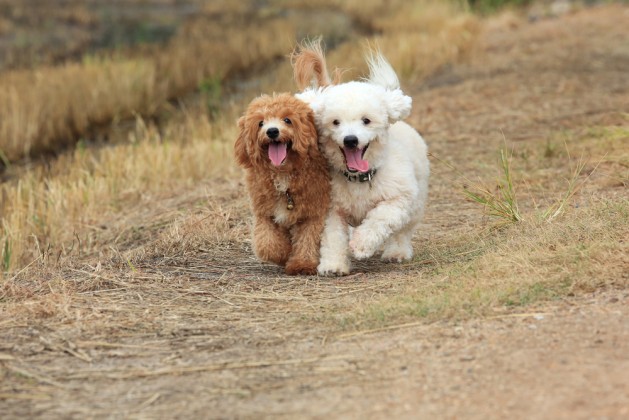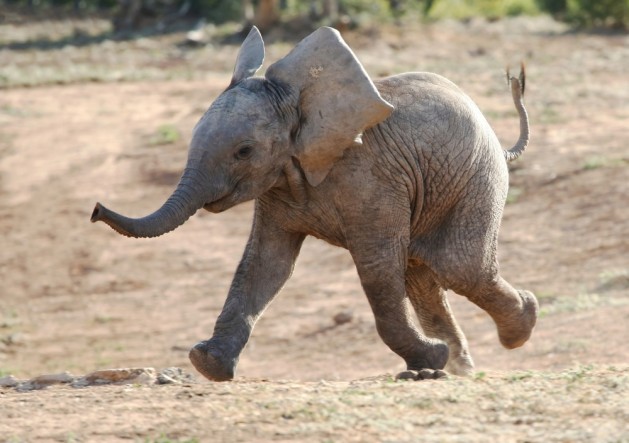
It’s in our human nature to be drawn to cute things. Babies, cute animals, or anything that seems helpless activates our instinct to protect and take care of whatever is cute. While there has been a recent surge in cute marketing, it’s not a new tactic. Keep reading to find out why playing up the cute factor is so successful and why you’re constantly drawn to cuter products!
The science behind cute marketing is really simple. Humans are a nurturing species and instinctually aim to protect things with big eyes or a big head. Marketers have been using this as a way to manipulate consumers into wanting to buy that item. Maybe by buying it we can fulfill our purpose to protect and take care of it.
Everyone with a basic concept of marketing knows that sex sells and it’s an easy tactic to take when presenting a new product. However, what people don’t realize is that cuteness sells better than sex! Depending on who the target audience is, marketers can use cuteness as a way to make their product more appealing. It can be shared to more people, as it is appropriate for all ages and does not risk being distasteful or sleazy the way sex can. With cuteness, marketers do not have to worry about whether it will offend or put off consumers, again making it easier to share. Cuteness is more sharable than sex, making it a favorable tactic.
Marketers have tapped into this trick and may choose to promote aspects that lend themselves more to cuteness than sex.
For example, Budweiser decided to use cuteness in their Super Bowl commercial by presenting a best friend duo of a horse and dog. This is particularly interesting because typically, beer commercials are known for using women as props to help sell the beverage.
One of the most crucial audiences to win over for any company is millennials. They set and follow trends so if they approve a product, it will not take much for it to be successful. If marketers can find a way to convince them, the hardest part of their work is done! Because the Internet is obsessed with cuteness, and millennials know the Internet like no one else, it seems to go hand in hand.

Cuteness also seems to be more appealing for women, as they are stereotypically pegged as the nurturing gender. This may be true but not necessarily a bad thing. This may have been to the advantage of Budweiser with the commercial mentioned earlier as women are never the targets of their marketing so by using cuteness they can broaden their customer pool.
Next time you see a product using cuteness as a way to lure you in, remember those are your instincts telling you to get it!


